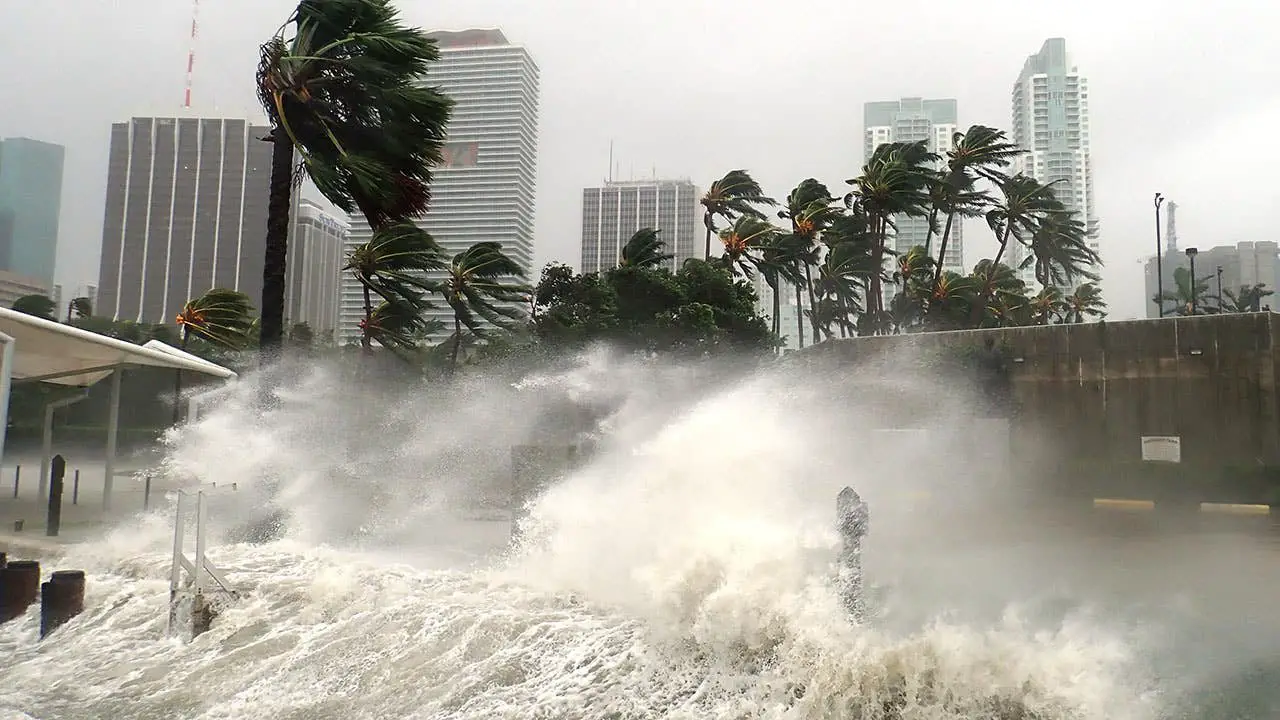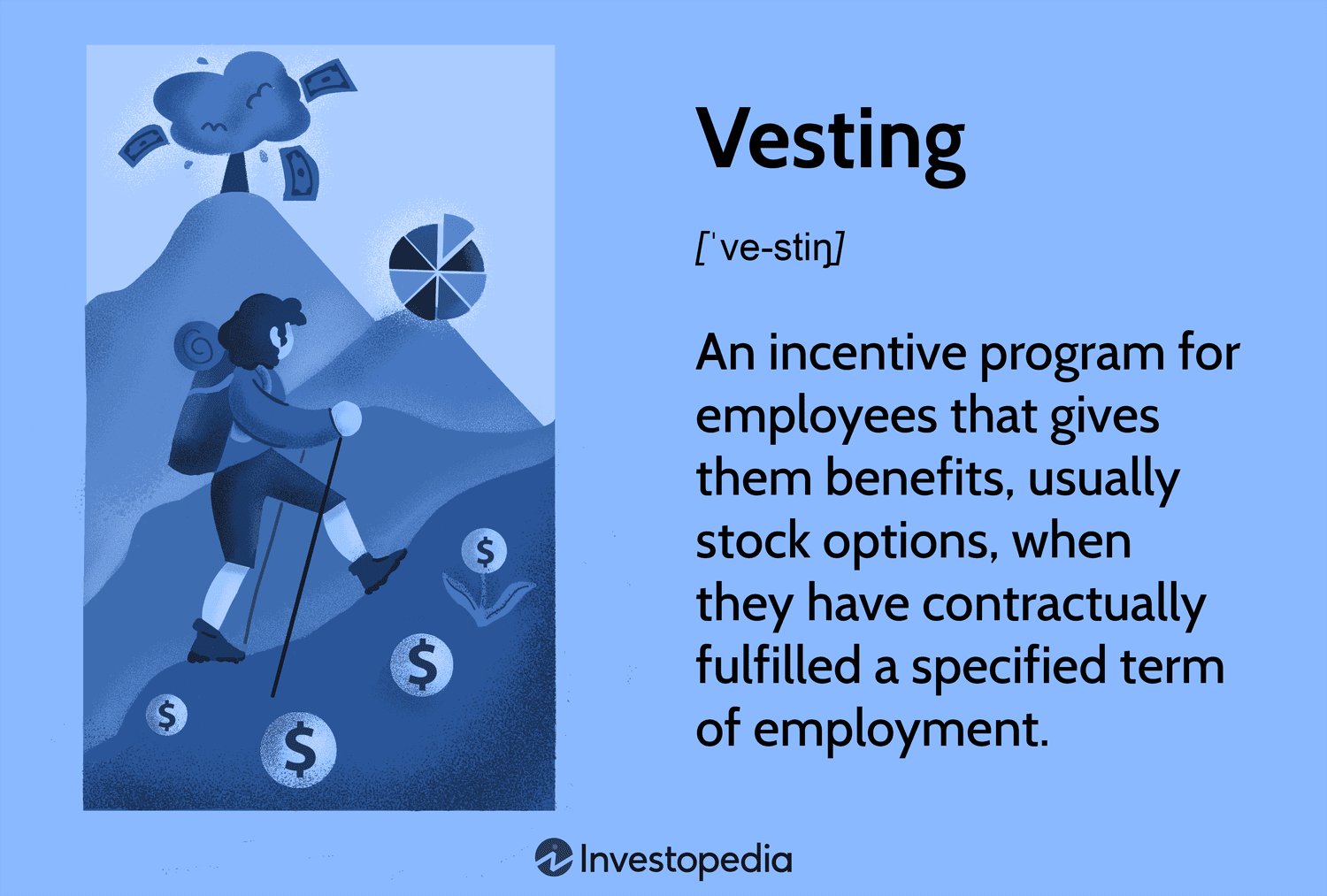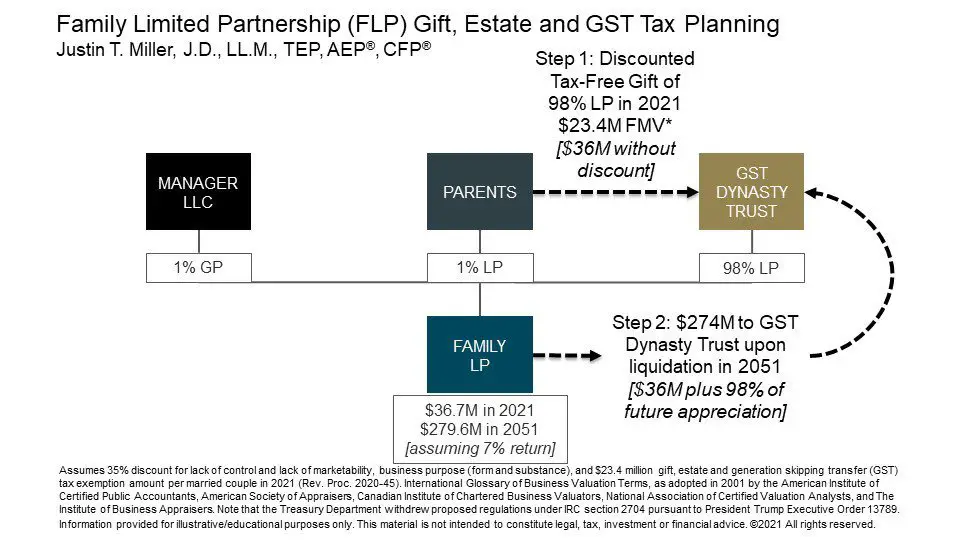Wondering how to recover financially from a natural disaster? The aftermath of such an event can be devastating, leaving individuals and communities grappling with the challenges of rebuilding their lives. But fear not, for there are steps you can take to regain financial stability and overcome this adversity. In this article, we will explore practical strategies and resources that can help you navigate the road to recovery. From assessing your financial situation to tapping into available assistance programs, we’ve got you covered. So, let’s dive in and discover how to recover financially from a natural disaster.
How to Recover Financially from a Natural Disaster
Natural disasters can cause devastating effects on individuals, families, and communities. In addition to the emotional and physical toll, they can also cause severe financial hardships. Recovering financially from a natural disaster requires careful planning, resourcefulness, and resilience. In this article, we will provide you with practical tips on how to recover from a natural disaster and regain your financial stability.
1. Assess the Damage and Document Losses
After a natural disaster, it is crucial to assess the damage to your property and belongings. Take photos or videos to document the losses and keep detailed records of the damage. This documentation will be essential when dealing with insurance claims, seeking financial assistance, or filing for tax deductions related to the disaster.
2. Contact Your Insurance Provider
One of the first steps in your financial recovery process should be reaching out to your insurance provider. Notify them about the disaster and file a claim for the damages suffered. Be prepared to provide all necessary documentation and work closely with your insurance representative to ensure a smooth claims process. Ask about any additional coverage options that may apply in your situation.
2.1. Review Your Policy
Take the time to carefully review your insurance policy. Understand the coverage limits, deductibles, and exclusions. If you have any doubts or questions, contact your insurance agent for clarification. Knowing your policy inside out will help you navigate the claims process and maximize your reimbursement.
3. Seek Financial Assistance
Depending on the severity of the disaster and the available resources, various financial assistance programs may be available to individuals and families affected by natural disasters. Consider the following options:
3.1. Federal Disaster Assistance
The Federal Emergency Management Agency (FEMA) provides financial assistance to individuals and households affected by major disasters. You can apply for FEMA assistance online or by calling their helpline. They offer programs such as grants for home repairs, temporary housing, and other disaster-related expenses.
3.2. Small Business Administration (SBA) Loans
If you are a business owner, the SBA offers low-interest loans to help rebuild and recover from natural disasters. These loans can be used for property repairs, equipment replacement, and working capital. Explore their Disaster Loan Assistance program for more information.
3.3. Non-Profit Organizations
There are numerous non-profit organizations that provide financial assistance and support to individuals and families affected by natural disasters. Research local and national organizations that offer aid in your specific situation. Examples include the American Red Cross, Salvation Army, and local community foundations.
3.4. State and Local Government Programs
Check with your state and local government for any disaster relief programs or financial assistance they may offer. These programs can vary widely, so it’s worth exploring all available options.
4. Budgeting and Financial Management
Recovering financially from a natural disaster often requires careful budgeting and financial management. Here are some practical tips to help you regain control of your finances:
4.1. Assess Your Current Financial Situation
Take stock of your current financial situation by creating a comprehensive list of your income, expenses, debts, and assets. This will give you a clear understanding of where you stand and help you make informed decisions moving forward.
4.2. Create a Post-Disaster Budget
Develop a new budget that reflects your changed circumstances post-disaster. Prioritize essential expenses such as housing, food, utilities, and healthcare. Cut back on discretionary spending and non-essential expenses to free up funds for recovery efforts.
4.3. Communicate with Creditors
If you are facing financial hardships due to the natural disaster, communicate with your creditors. They may be willing to work with you by offering temporary payment arrangements or deferring payments until your situation stabilizes. Open and honest communication is key to finding mutually beneficial solutions.
4.4. Seek Professional Financial Advice
Consider consulting with a financial advisor or counselor experienced in disaster recovery. They can help you develop a personalized financial plan, offer guidance on debt management, and provide strategies to rebuild your savings.
4.5. Take Advantage of Tax Benefits
Consult with a tax professional to understand the tax benefits and deductions available to disaster victims. For example, you may be eligible for casualty loss deductions or tax credits related to recovery expenses. Taking advantage of these benefits can help alleviate some of the financial burdens.
5. Rebuilding and Repairing
Depending on the extent of the damage, rebuilding and repairing your property can be a lengthy and costly process. Here are some considerations to keep in mind:
5.1. Obtain Multiple Repair/Rebuild Quotes
Before hiring contractors or embarking on repair projects, obtain quotes from multiple service providers. Compare their prices, reputation, and expertise. This will help you make informed decisions and avoid overpaying for services.
5.2. Prioritize Essential Repairs
Focus on essential repairs first, such as structural damage or any issues that could pose a safety risk. This ensures that your property is habitable and minimizes further damage.
5.3. Consider Energy-Efficient Upgrades
As you rebuild or repair, consider incorporating energy-efficient upgrades. These can lead to long-term cost savings on utility bills and may qualify you for energy efficiency incentives or tax credits.
5.4. Secure Financing Options
If you need financial assistance for rebuilding or repairs, explore different financing options. These could include home equity loans, construction loans, or grants specifically designed for disaster recovery. Research the eligibility criteria and terms of each option to determine the best fit for your situation.
6. Building Resilience for the Future
Recovering from a natural disaster provides an opportunity to build resilience and prepare for future emergencies. Consider the following steps:
6.1. Review and Update Insurance Coverage
After experiencing a natural disaster, it’s crucial to review and update your insurance coverage to ensure adequate protection. Consider adding endorsements or riders for specific disaster-related risks that may be prevalent in your area.
6.2. Create an Emergency Fund
Start building an emergency fund that can help you weather unforeseen events in the future. Aim for at least three to six months’ worth of living expenses. Even small contributions over time can add up and provide a financial safety net.
6.3. Disaster-Proof Your Property
Take steps to make your property more resistant to future disasters. This could include reinforcing structures, elevating electrical systems, or landscaping to prevent erosion. Consult with experts or local authorities for guidance on specific measures suitable for your area.
6.4. Develop an Emergency Plan
Create a comprehensive emergency plan for your family or household. This includes establishing communication protocols, identifying evacuation routes, and assembling emergency supplies. Practice the plan regularly to ensure everyone is familiar with the procedures.
Recovering financially from a natural disaster is a challenging process, but with careful planning and the right resources, it is possible to regain stability. By assessing the damage, seeking financial assistance, managing your budget, and making informed decisions during the rebuilding process, you can rebuild your life after a natural disaster. Remember to prioritize your safety and well-being throughout the recovery journey.
Tips for recovering financial losses following a natural disaster
Frequently Asked Questions
Frequently Asked Questions (FAQs)
How can I recover financially from a natural disaster?
Recovering financially from a natural disaster can be a challenging process. Here are some steps you can take:
What immediate steps should I take after a natural disaster?
After a natural disaster, it is crucial to ensure your safety and well-being first. Once you are safe, here are some immediate steps you should take:
How can I assess the damage caused by a natural disaster?
Assessing the damage caused by a natural disaster is crucial for understanding the extent of the financial impact. Here’s how you can assess the damage:
What types of financial assistance are available after a natural disaster?
There are various forms of financial assistance available to help individuals recover from a natural disaster. Some of the common types of assistance include:
How can I file an insurance claim for my losses?
Filing an insurance claim is an essential step in the recovery process after a natural disaster. Here’s how you can file an insurance claim:
What should I do if my insurance claim is denied?
If your insurance claim is denied after a natural disaster, there are still options available for you. Here’s what you can do:
How can I rebuild my credit after a natural disaster?
A natural disaster can have a significant impact on your credit. To rebuild your credit, you can follow these steps:
Are there any government programs available to help with financial recovery?
Yes, there are government programs in place to assist individuals in recovering financially from natural disasters. Here are a few examples of such programs:
Final Thoughts
To recover financially from a natural disaster, there are several steps you can take. Firstly, assess the damage and contact your insurance company promptly to file a claim. This will help cover the costs of repairs or replacements. Next, gather all necessary documentation, such as photos and receipts, to support your claim. It’s essential to budget your expenses wisely during this time, focusing on essential needs and prioritizing payments. Look for potential financial assistance programs offered by the government or charitable organizations, as they can provide additional support. Remember to stay vigilant and proactive in seeking financial recovery after a natural disaster.



